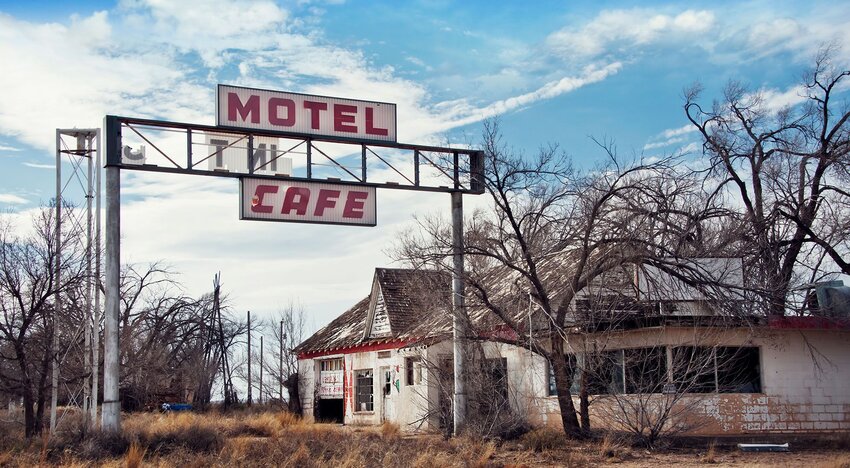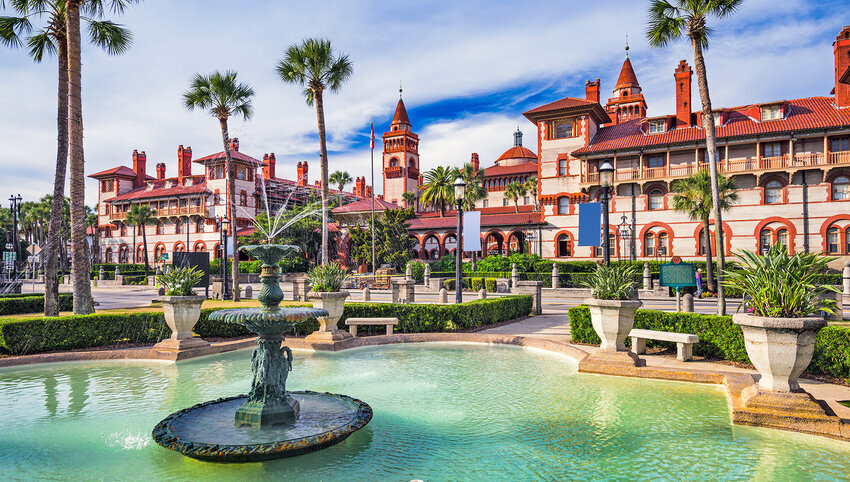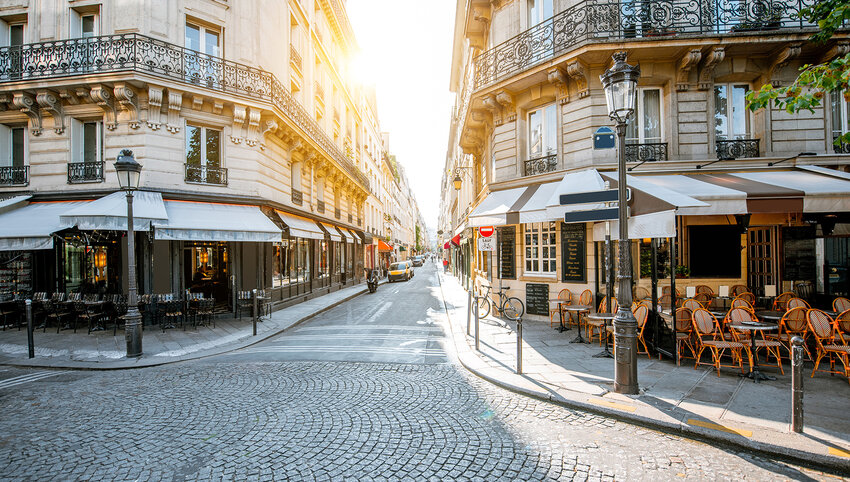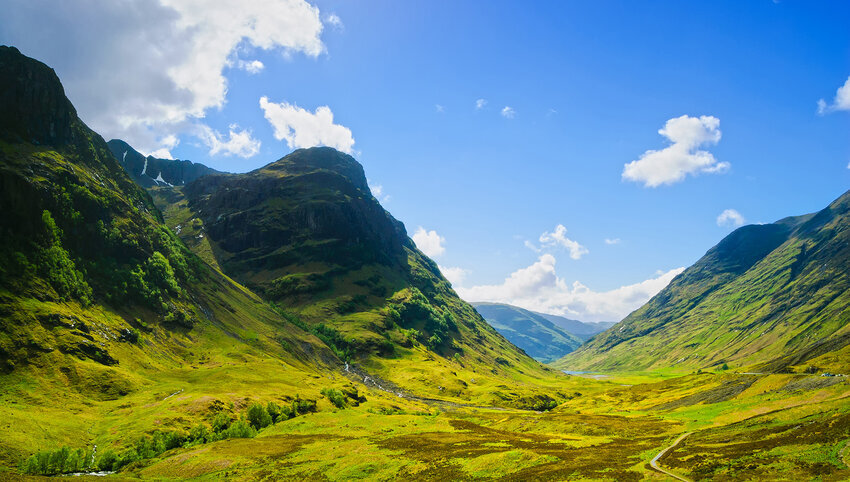Thoughts of abandoned towns often conjure up images of the dusty roads and once raucous saloons of Wild West mining towns. But in all corners of the planet you can find eerie towns and cities that were once home to thriving communities. Some have been ravaged by natural disasters, some ran out of the resources that fueled their economies, and others have fallen victim to wars. Either way, today these disused buildings and overgrown landscapes present a fascinating insight into global history, and are ripe for exploration.
Bodie, California
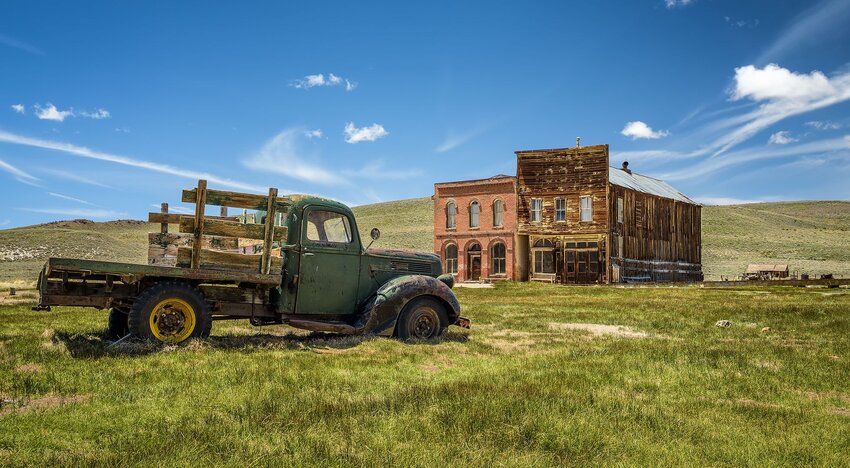
If you are looking for the ultimate ghostly relic of the American Frontier then look no further than Bodie. Set amid the Sierra Nevada mountains, Bodie thrived in the late 1800s when gold was found at nearby Mono Lake. The town grew to a population of around 10,000 with dozens of saloons lining the main street, a local brass band, and daily newspapers. Things started to decline in the 1880s when get-rich-quick miners moved on to new boomtowns such as Butte, Montana, and Tombstone, Arizona. The term ghost town was first used here in 1915, and five years later only a hundred or so people remained.
Drop by today and you’ll discover a scene that wouldn’t look out of place in a John Ford-directed Western. The entire town is classified as the Bodie State Historic Park. Derelict wooden houses lay scattered across the desert landscape and stand as they did at the time of abandonment. You can peer at the stocked shelves of the general stores and the school desks laden with books. The former Miners Union Hall doubles up as a town museum and souvenir shop.
Craco, Italy
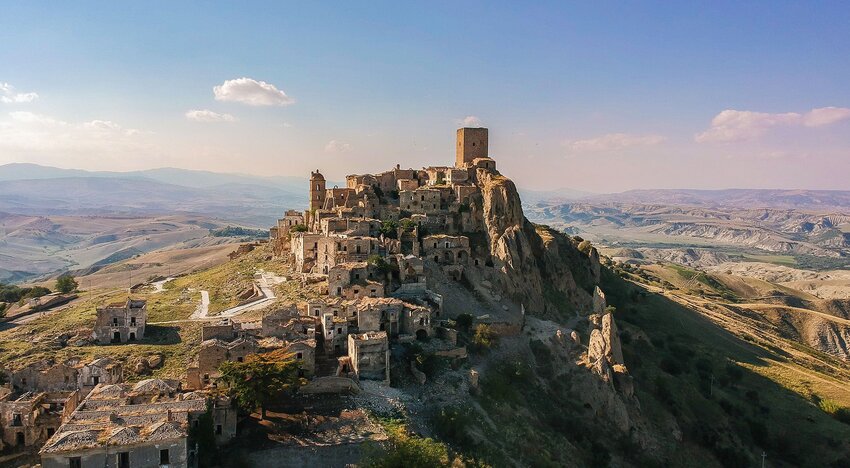
As far as misfortune goes, there can’t be many unluckier towns than Craco. Life at this striking hilltop settlement in the southern Italian region of Basilicata began way back in the 8th century. By the 1200s, the town had a university and its magnificent castle was constructed the following century. Despite being plundered by a group of outlaws led by the infamous Carmine Crocco, expansion continued until the 19th century, after which locals began emigrating to North America. Then came a series of unpredictable events. Landslides forced residents out in the 1960s, followed by a devastating flood in 1972, and then the Irpinia earthquake of 1980.
Craco’s medieval townscape has since been used as backdrop for Hollywood blockbusters, including King Davids and The Passion of Christ. Nowadays, local tour guides unlock the town’s gates for visitors to wander the ancient streets and enjoy views of the Matera countryside. Pilgrims also arrive between May and October for religious festivals that celebrate a miraculous statue of the Virgin Mary that’s housed in the town church.
Humberstone, Chile
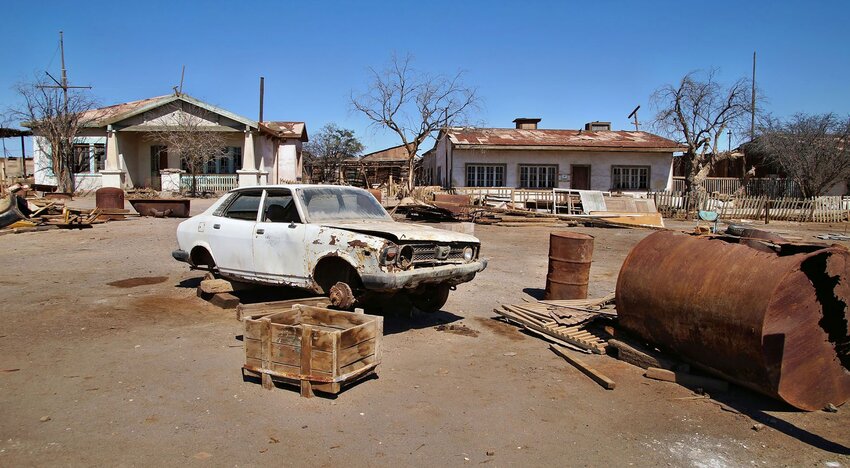
In the northern reaches of Chile’s Atacama Desert is an abandoned town that stands out for both its eeriness and unusual English name. Humberstone is an old mining town developed in the late 19th century. It takes its name from James Humberstone, a British engineer who moved to South America in the 1870s to make his fortune in the extraction of saltpeter (aka potassium nitrate). During the heyday of white gold (as saltpeter was often called) mining, Humberstone was home to about 3,500 residents. The town’s demise came after the outbreak of World War II. With the British blocking exports to Germany, the demand for Chilean saltpeter faded out. By 1958, only the buildings remained.
This ghost town is part of the UNESCO-listed Humberstone and Santa Laura Saltpeter Works. Remaining beneath the searing desert heat are buildings that served as grocery stores, houses, a hotel, and a theater. You’ll also find beat-up cars, locomotives, and an intriguing swimming pool made from a ship’s hull.
Kolmanskop, Namibia

In the early 1900s Kolmanskop, a town in the heart of the vast Namib coastal desert, lured miners in search of diamonds. The story goes that a railroad worker spotted some stones glimmering in the sands while cleaning the tracks. He showed it to his German boss and so began Namibia’s diamond rush. Soon, more German migrant miners flocked to the area and built up a German-inspired town with a baker, butcher, and post office, among other amenities. So greedy were the miners that they declared the area a restricted zone and banished the local tribespeople. However, by the 1920s intense mining had cleaned out the diamond resources and prospectors moved farther south to seek their fortune.
No sooner had the townsfolk left than the ever-shifting sands of the Namib started to reclaim the town. Visitors can now walk knee-deep in sand through the sun-bleached skeletons of miners’ dwellings. Brightly colored wallpaper is still visible and the butchery, shopkeeper’s house, and skittle alley have been restored. But nobody knows when the desert will completely submerge it all forever.
Mandu, India
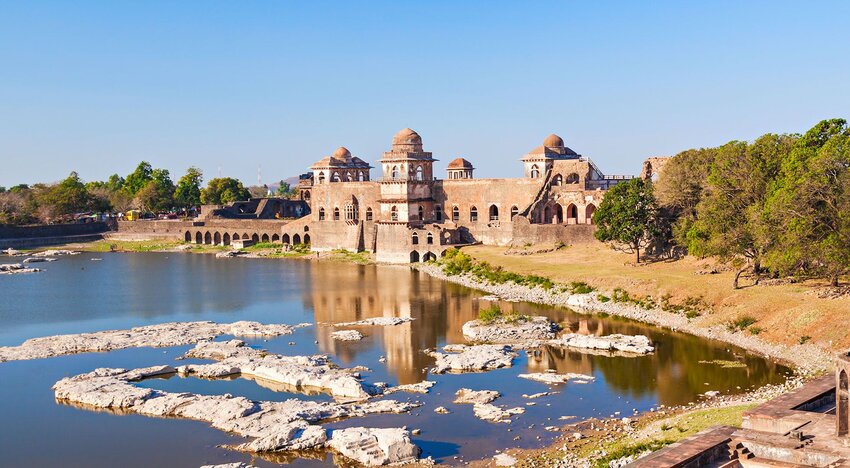
Perched on a plateau surrounded by forested countryside, Mandu is the epitome of fading grandeur. It boasts a veritable treasure trove of remnants from the nation’s Mughal Empire, which was once one of the world’s most formidable empires. Mandu was deserted almost 400 years ago; however, the town’s UNESCO-listed monuments have stood the test of time. There’s Jain temples, mausoleums, mosques and sultan’s palaces. Some reflect in the placid waters of lakes and others are perched precariously above chasms. Roopmati’s Pavilion commands a notably dramatic position on a clifftop that looks down on far-reaching plains.
Despite being abandoned, there’s an element of romance and serenity associated with wandering through dreamy arcades while contemplating the power of a bygone empire. Peaceful throughout most of the year, the town springs to life during the pomp and flamboyance of the Ganesh Chaturthi festival. For ten days in August/September, Hindus celebrate the birth of the elephant deity Ganesh with fervor and gusto.
Spinalonga, Greece
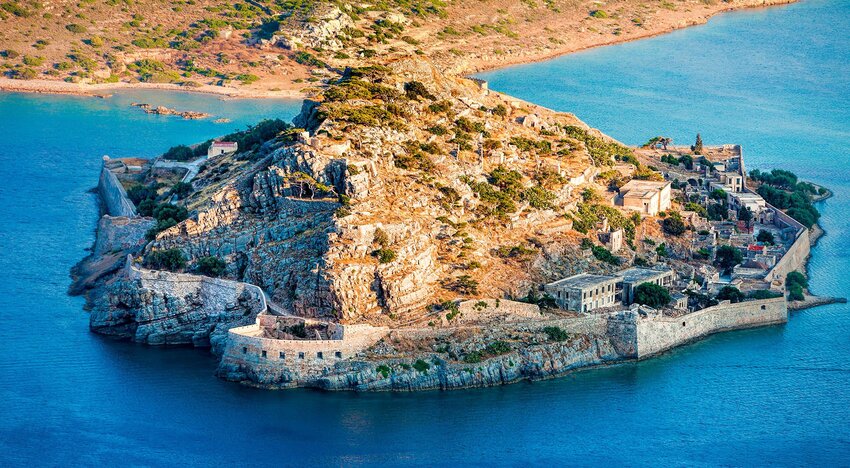
Spinalonga is a small island situated off the northern coastline of Crete. The grayish hues of a fortress and imposing defensive walls are a stark contrast to the iridescent blue waters that encircle the island. To say that Spinalonga has had a tumultuous history is somewhat of an understatement. The Venetians were the first to occupy the island and erected a fort in the 1500s. Almost 200 years later the Ottomans conquered the island and in doing so banished the Venetians from Crete forever. The Ottoman Turks left in 1903, and from then until 1957 the island became one of Europe’s last active leper colonies.
Viewing the island from the village of Plaka, on mainland Crete, it might be hard to believe that it bore witness to so many changes. Yet the hulking walls, fortress, churches, and marketplace are obvious testaments to the architectural talents of the Venetians and Ottomans. And the views of Crete’s mountainous countryside from Spinalonga Fortress are exquisite.
Villa Epecuén, Argentina
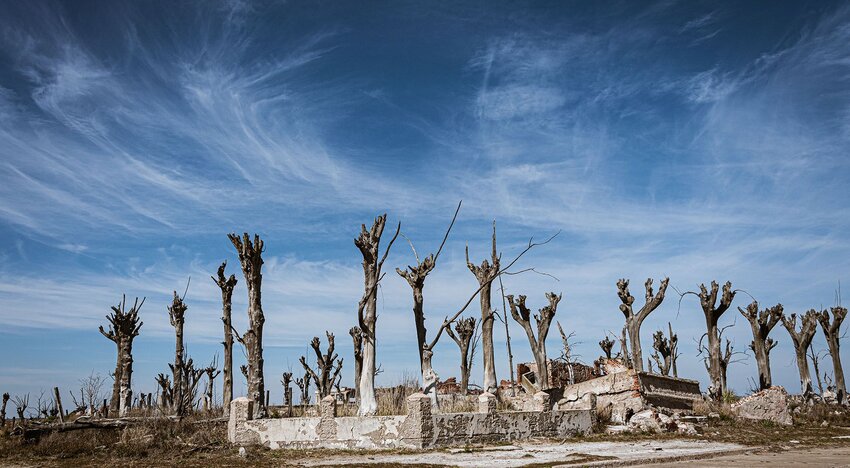
For several decades from the 1920s onward Villa Epecuén was a holiday retreat for the Argentine elite. Affluent families would board the train in Buenos Aires and trundle through sprawling pampas to a purpose-built village on the banks of Lake Epecuén. Its mineral-rich waters were thought to possess healing properties that improved skin and rheumatic conditions. But the heyday came to an abrupt end in November 1985. A seiche (standing waves) caused by a freak storm and strong winds forced the water to rise uncontrollably. Eventually the dam protecting the lake broke and the village became submerged like a modern-day Atlantis.
It took almost a quarter of a century for the water to recede and reveal streets flanked by destroyed, salt-covered buildings. Undeterred, former resident Pablo Novak moved back and was the star of a short documentary called Pablo's Villa. For a small fee it’s possible to wander the once-glorious resort still cherished by Pablo.
Main image by Svetlana Foote/Shutterstock.

